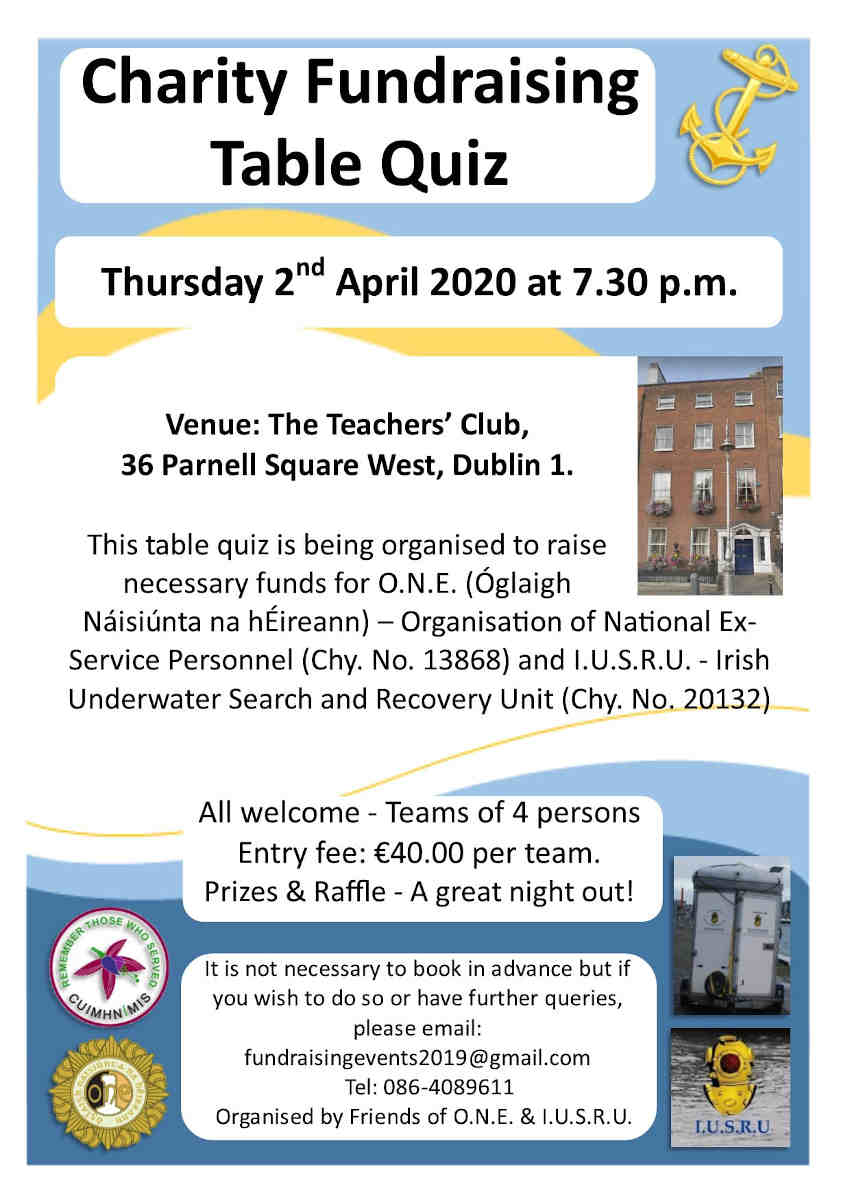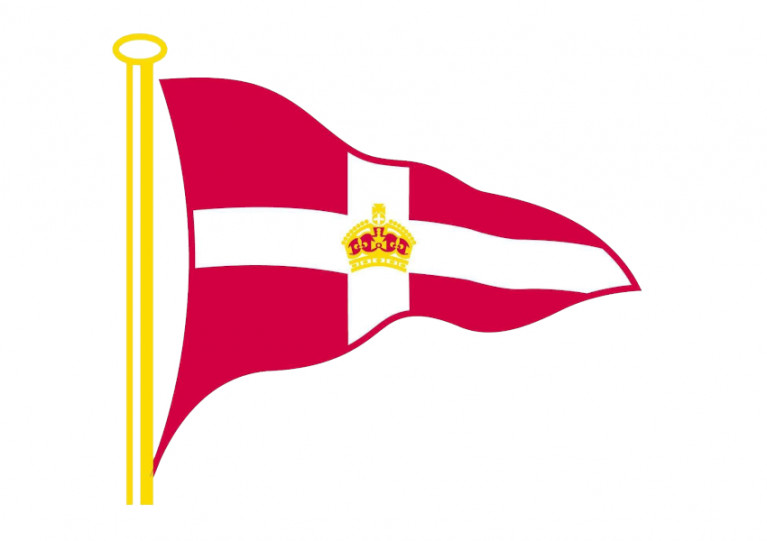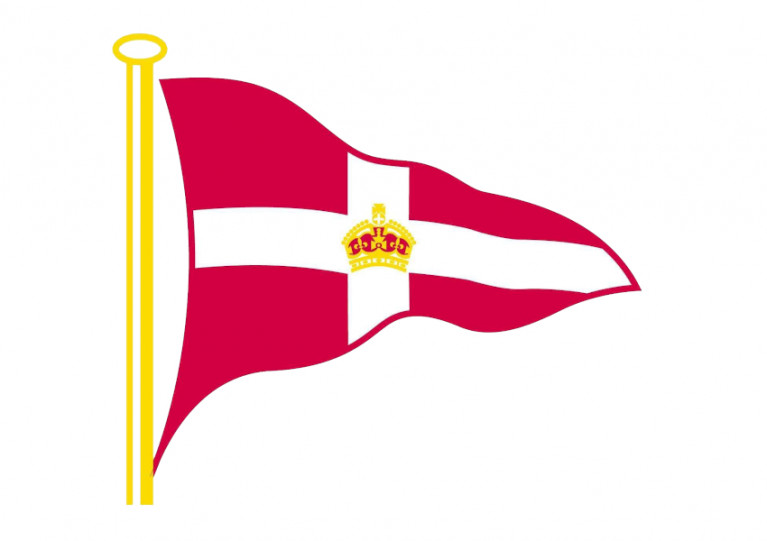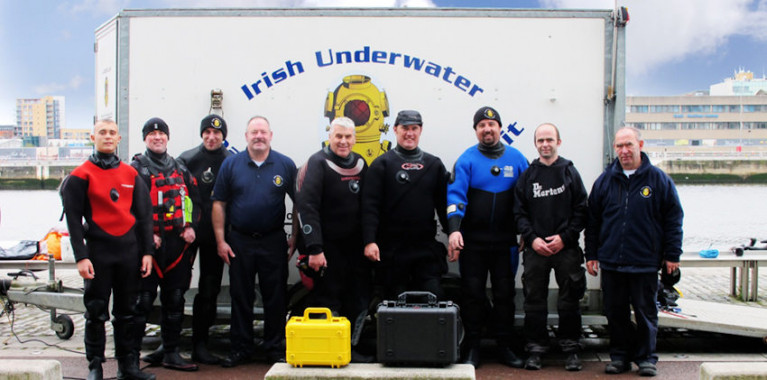Displaying items by tag: Table Quiz
The Royal St George Yacht Club will host an online Zoom table quiz on Friday 26th March to raise funds for Rehab Care in Dun Laoghaire.
Join quizmaster Sarah Mullen-Rackow as she challenges with questions on an evening of fun and prizes that’s not to be missed.
Tables are €40 and the quizzing begins at 8 pm. Places are limited so be sure to book early to avoid disappointment.
For any queries contact Elle Flanagan at reception and marketing on 01 280 1811.
Register here
Royal St George’s Annual Table Quiz For RNLI Zooms Ahead Online Next Tuesday Night
Some places remain for the Royal St George Yacht Club’s annual table quiz fundraiser for Dun Laogahire RNLI — this year taking place remotely via Zoom, and open to both club members and the public.
Join quizmaster Sarah Mullen-Rackow and host Mark Ridgway as they boggle your brains in aid of the RNLI from 8pm next Tuesday night 10 November, with fabulous prizes up for grabs.
Under the current Level 5 restrictions, the club will only accept teams of four representing a single household. The entry fee is €40 per team.
The online entry form can be found HERE, and any questions can be directed to Danielle at [email protected]
Royal St George To Host Table Quiz In Aid Of Rehab Care Dun Laoghaire
The Royal St George Yacht Club will host a table quiz on Friday 6 March to raise funds for Rehab Care Dun Laoghaire.
Join quizmaster Sarah Mullen-Rackow as she challenges with questions on an evening of fun and prizes that’s not to be missed.
Tables are €50 and the quizzing begins at 8pm in the dining room, with platters of sandwiches served at half time. Places are limited so be sure to book early to avoid disappointment.
For any queries contact Danielle Gagg at reception and marketing on 01 280 1811.
Table Quiz In Dublin Will Raise Funds For Underwater Search Unit
The Irish Underwater Search and Recovery Unit is one of two charities that will be supported in an upcoming table quiz and raffle in Dublin city centre.
Richard Cruise, Conor Galvin and David Cotter are organising the event to raise funds for the IUSRU as well as Óglaigh Náisiúnta na hÉireann, the organisation of national ex-service personnel — two charities who do great work in assisting others in times of distress.
Entry is €40 per teams of four and all are welcome to join the quiz at the Teachers’ Club on 36 Parnell Square West on Thursday 2 April, starting at 7.30pm.

































































